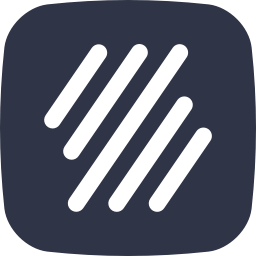We are excited to share the start of our biggest update this year! We begin with the audio and present to you our new playback engine, featuring a range of new features designed to bring your music to life like never before. This update delivers richer sound quality, smoother transitions, and enhanced dynamics. Let's explore the key changes and see how these enhancements will elevate your music to new heights. 🚀🚀🚀
*Note: We're starting to roll out this amazing update to the web app first! The mobile apps will receive it with the next release!
1.Accurate repeats, jumps, and multiple endings
2.Swing interpretation
3.Fermata
4.Dynamics
5.Arpeggiato
New supported notations in playback
6.Two notes tremolo
7.Accelerando and ritardando
8.Guitar harmonics
9.Guitar bends
10.Guitar let ring
11.Guitar palm mute
Improved audio features
Accurate repeats, jumps, and multiple endings
In music notation, repeat barlines and multiple endings are used to guide performers on how a piece should be played. Repeat barlines tell musicians to go back and play a section again, while multiple endings show different ways to finish a repeated section. These notations help ensure that the music is played as the composer intended.
Our new playback system handles these elements with ease. It’s now better equipped to interpret repeat barlines, multiple endings, and jumps, ensuring that even the most complex compositions are played accurately.
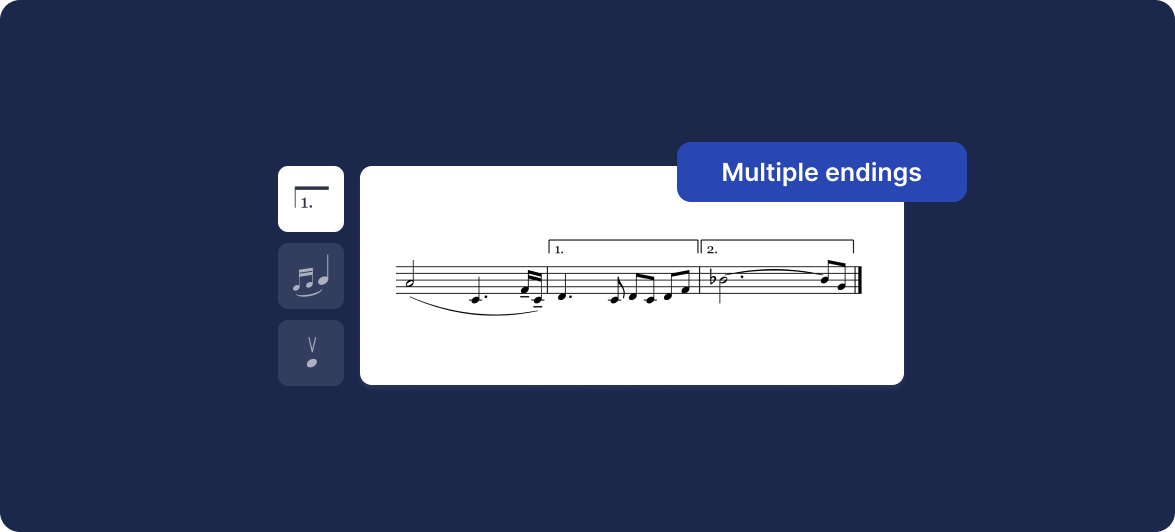

Repeat barlines and multiple endings in music notation
Plus, the updated engine works smoothly when you start playback in the middle of a score, even with tricky repeat patterns. This means you can easily jump into any part of your music and play it just as you envisioned, making the composing and rehearsal process smoother and more enjoyable.
⚠️ Just a heads-up: for now, our playback system follows the standard rule where repeats aren’t played after a jump, like with a D.C. or D.S. But don’t worry—we’re working on making this an option you can customize in the future.
Swing interpretation
Swing in music refers to a rhythmic feel where the beats are played with a slight delay, creating a “bouncy” or “groovy” effect. Instead of evenly dividing the beat, swing timing delays the second half of the beat, giving the music a laid-back, jazzy feel.

In the previous version of our audio system, swing was applied uniformly across all rhythms, including complex ones like tuplets, which often led to an unnatural sound. This approach missed the subtle nuances that swing is meant to highlight.
Now, swing only applies when the first note in the pair is an 8th note. To ensure swing is interpreted correctly by our playback system, there are two key factors to keep in mind:
- The new system requires a clear separation between the two 8th beats.
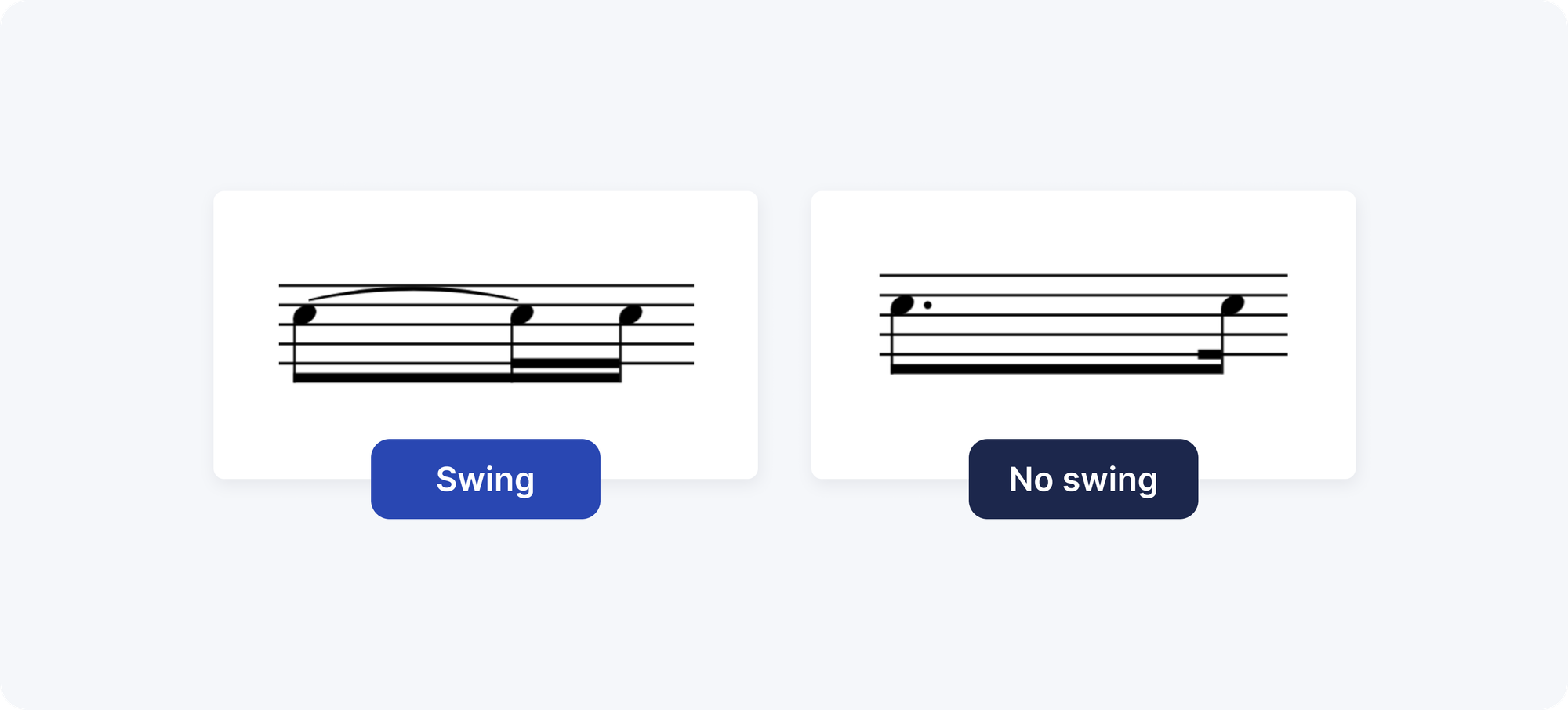
- The first beat needs to be full:
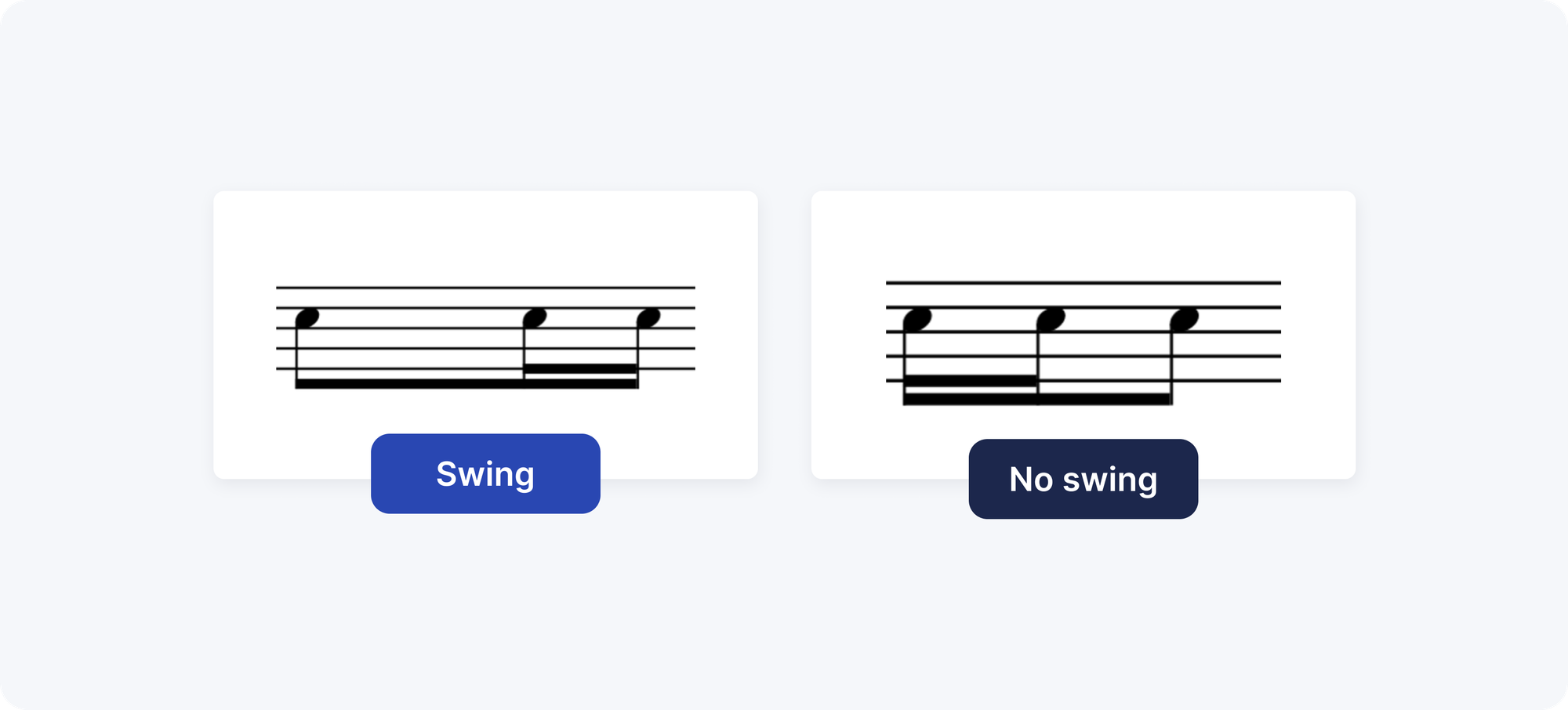
Fermata
A fermata in music notation indicates that a note or rest should be held longer than its usual duration.
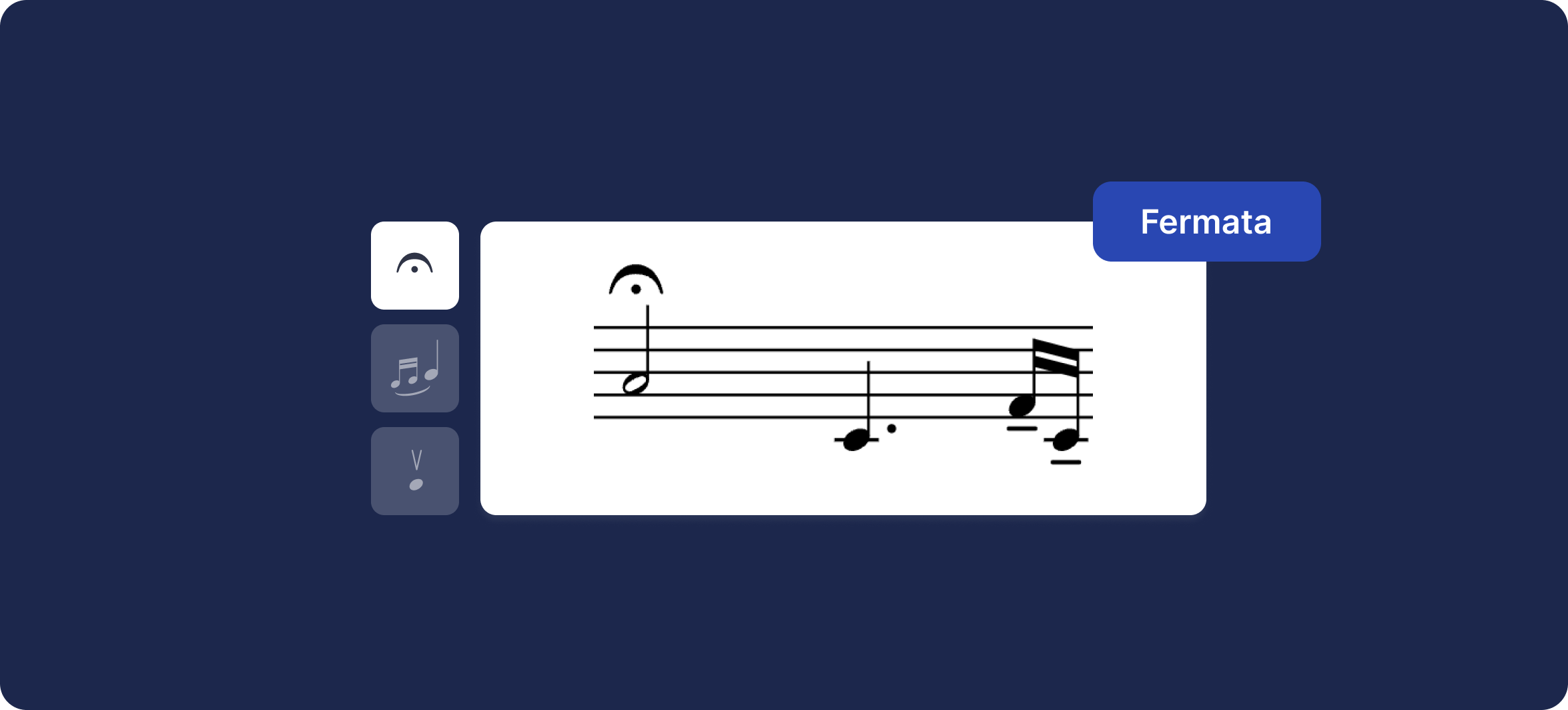
The exact length of the hold is typically at the discretion of the performer or conductor, allowing for expressive flexibility. Musicians use fermatas to emphasize a particular note or passage, creating a sense of pause, suspense, or resolution. It’s an effective way to add emotional depth and dramatic effect to a piece, making certain moments stand out.

In the previous version of our audio system, a fermata simply doubled the duration of the note it was placed on. However, this didn’t allow for additional space, causing the extended note to overlap with the following notes. This resulted in a cluttered and less accurate playback.
The new system addresses this by adjusting the tempo instead of just extending the note. When a fermata is applied, the tempo is temporarily halved, allowing the note to hold its longer duration without overlapping the next ones.
🎧 Let's hear the difference!
Fermata
Dynamics
Dynamics in music refer to the changes in volume throughout a piece. These markings in the music notation tell performers when to play louder or softer, adding emotion, contrast, and depth to the performance. By using dynamics, musicians can highlight certain parts of the music and create a more engaging and expressive experience.

In our updated audio system, dynamic markings are handled with greater precision, better reflecting the composer’s intentions. Here are new dynamics available in our music notation software:
i. Sforzando (sfz)
This marking signals a sudden, strong accent on a note.
In the new system, the note with a sforzando is played louder, with an immediate return to the normal volume afterward. Previously, this was treated more like a general loud (fortissimo) marking, without the sharp contrast that sforzando is meant to create.
🎧 Let's hear the difference!
Sforzando (sfz)
ii. Fortepiano (fp)
Fortepiano means playing a note loudly (forte) and then quickly softening the following notes (piano).
With the new system, the first note is played strongly, and the dynamics quickly shift to a softer level for the notes that follow. In the past, this was handled as if the whole passage was soft, missing the intended contrast.
🎧 Let's hear the difference!
Fortepiano (fp)
iii. Rinforzando (rfz)
Rinforzando is used to add intensity to a specific phrase.
Now, the playback system emphasizes this by applying a loud (fortissimo) effect for the next four beats. Previously, rinforzando was simply treated as a constant loudness, not fully capturing the intended emphasis on the phrase.
🎧 Let's hear the difference!
Rinforzando (rfz)
Arpeggiato
An arpeggiato in music is when the notes of a chord are played one after the other, rather than all at once. This creates a smooth, flowing sound that adds richness and movement to the music. In sheet music, arpeggiatos are usually marked by a wavy vertical line next to the chord.
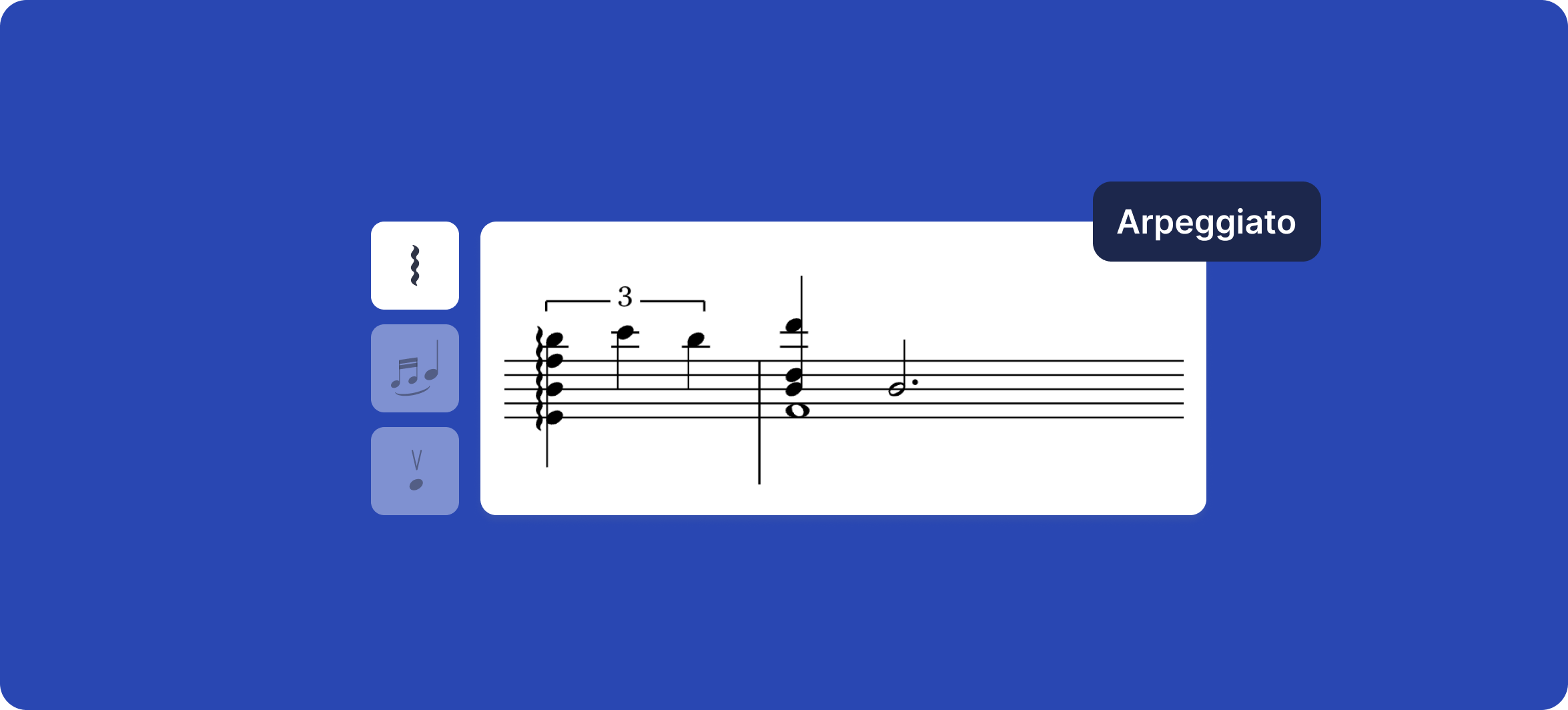
In our previous audio system, each arpeggiated note was separated by a fixed 0.1-second gap. This rigid timing could sometimes make the music sound mechanical and less natural.
With the new system, arpeggiatos are handled more flexibly. Now, the notes are spread out over 25% of the total duration of the chord. The timing between each note starting is still kept between 0.1 and 0.2 seconds, but this approach makes the arpeggio feel more natural and closer to how it would sound in a live performance.
🎧 Let's hear the difference!
Arpeggiato
New supported notations in playback
Two notes tremolo
A tremolo in music is a rapid alternation or repetition of notes, creating a trembling effect that adds intensity and energy. Two-note tremolos involve quickly alternating between two notes, producing a fluttering sound that adds texture to the music.

In the previous version of our audio system, two-note tremolos were incorrectly played as separate, consecutive tremolos. The new update fixes this, allowing the notes to alternate correctly, resulting in a more accurate and expressive playback.
🎧 Let's hear the difference!
Two notes tremolo
Accelerando and ritardando
Accelerando and ritardando are tempo markings that indicate gradual changes in speed—accelerando for speeding up and ritardando for slowing down. These changes are key for adding expression and shaping the flow of a piece.

In the previous version of our audio system, these gradual tempo changes weren’t supported, leading to a more static playback. The new update now correctly interprets accelerando and ritardando, allowing for smooth, gradual tempo shifts.
🎧 Let's hear the difference!
Accelerando and ritardando
Guitar harmonics
Guitar harmonics are created by lightly touching the strings at specific points, producing clear, bell-like tones that stand out from regular notes. They add a unique texture to music and are often used to create contrast or emphasize certain parts of a piece.

In the previous version of our audio system, guitar harmonics weren’t interpreted. The new update now accurately computes the pitch of both natural and artificial harmonics. While the sound isn’t different from regular notes, the correct pitch is now reflected in the playback.
Guitar harmonics
Guitar bends
Guitar bends are a technique where the player bends the string to change its pitch, creating a smooth transition between notes. This effect is widely used in rock, blues, and jazz to add emotion and expression to the music. In music notation, bends are marked with an arrow or curved line indicating the pitch shift.

In the previous version of our audio system, guitar bends weren’t interpreted and were played as if there was no bend at all. The latest update now correctly reflects these pitch changes!
Guitar bends
Guitar let ring
Let ring is a notation in guitar music indicating that a note or chord should continue to resonate naturally after being played, similar to the effect of a sustain pedal on a piano.
In our new audio system, "let ring" is now accurately interpreted, allowing notes to sustain as intended, which enhances the smoothness and depth of the playback. This ensures that the natural decay of sound is faithfully reproduced in your compositions.
Guitar let ring
Guitar palm mute
Palm mute is a guitar technique where the picking hand lightly rests on the strings, creating a muted, percussive sound. It’s commonly used in rock and metal to add rhythm and texture.

In the new audio system, "palm mute" markings are interpreted as staccato, playing notes shorter and more detached. However, the specific muted sound of palm mute isn’t yet included but will be added in future updates.
Guitar palm mute
Upcoming features in the Audio
These changes are just the beginning—they’ll make your scores sound more expressive and true to your vision. And guess what? We’ve got even more exciting features on the way! Here’s a sneak peek at what’s coming next:
- More guitar sounds
To fully support more notations for guitar, we need to add the right sound effects. The challenge is finding the perfect balance between offering these specific sounds and keeping the soundfonts manageable in size, so they don’t take up too much space to download. Our tech team is doing some research to make this possible!
- 16th tuplet
With our new audio system structure, adding a 16th-note swing will be a breeze. We’ll be rolling it out soon because we know many of you have been asking for this feature.
- Jazz articulations
We mean effects like doit, plop, fall-off, or scoop. Our tech team is exploring whether we can incorporate them with our current sound effects or if new ones will be needed to make it happen.
Flat Community News
August challenge
You are still on time to join this month's challenge! For this challenge, we asked you you to choose a song that has significantly impacted you as a composer. It should be a well-known song so that everyone in the community can recognize it. Select a short melody from that song (4 to 6 measures maximum) and use it as a motif to build your own composition.

Flat Affiliate Program
At Flat, we're passionate about fostering connections and celebrating our dynamic community. That's why we're excited to launch our new affiliate program for musicians and music teachers! 🎶
This program gives you the opportunity to share Flat with your audience and earn money while doing it. Whether you’re a blogger, YouTuber, or online music educator, this program is tailored to help you inspire others and grow your influence in the music world.
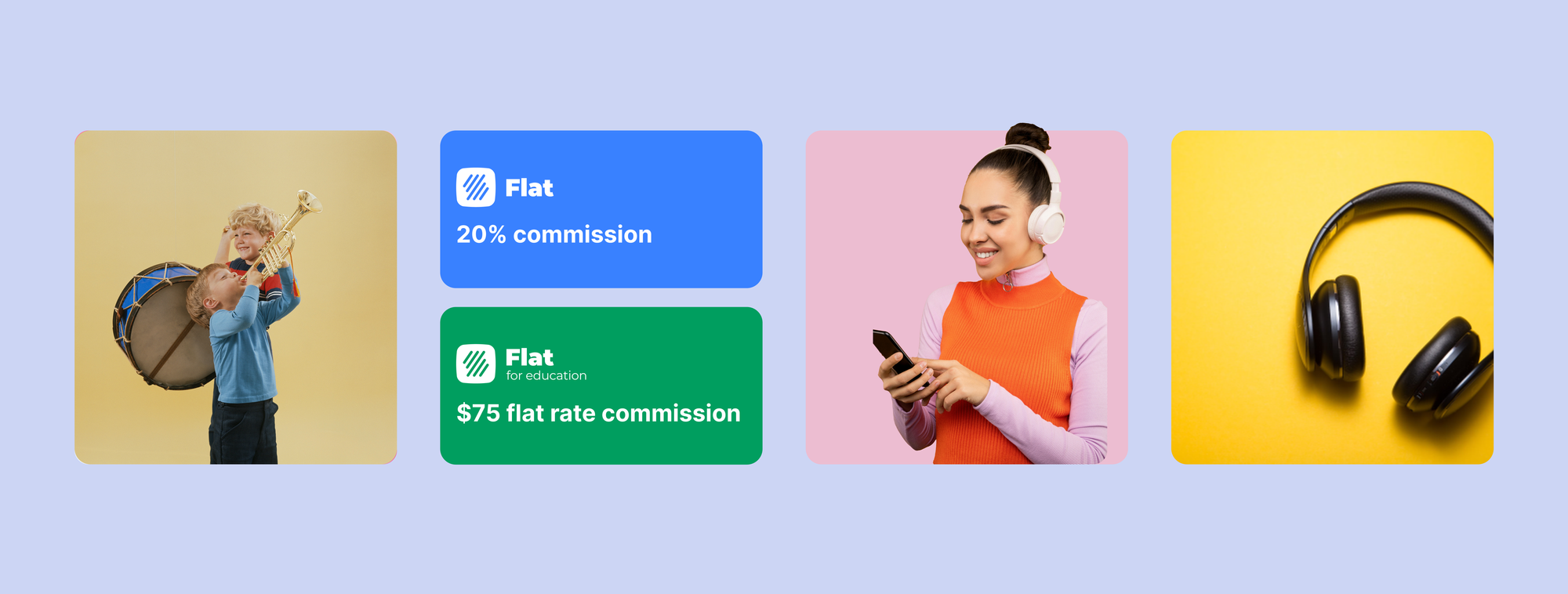
New articles
If you haven't read them yet:
✍🏽 Evoke the Right Emotions: A Guide to Modulation in Music
✍🏽 Create a Guitar Video Tutorial Using Flat's Music Notation Software
Follow us on social media
It would be fantastic if you'd follow us on Instagram and Twitter.
You'll get great content while also supporting our project 🤩
Feedback?
If you have any questions or suggestions for our product team, please reach out: hello@flat.io.
Have a wonderful day!

